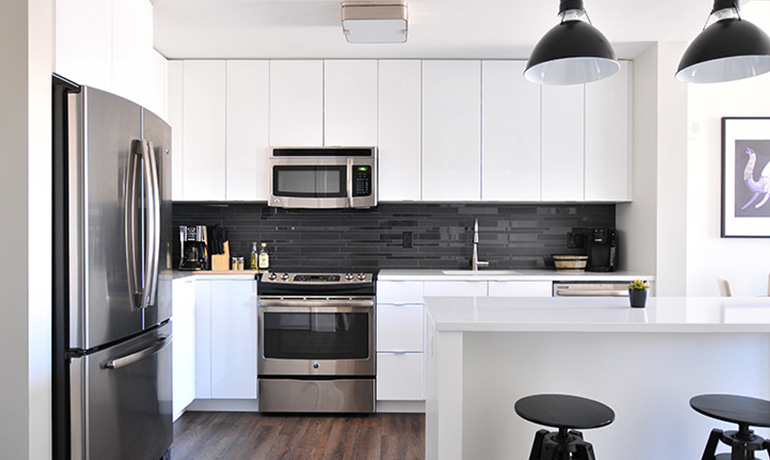Step-by-Step Instructions for Npm Installation on MacBook
Npm (Node Package Manager) is a powerful tool for managing and installing JavaScript project packages. To install Npm on your MacBook, follow these steps:
-
Check for Node.js: Open Terminal and type
node -vto check if Node.js is installed. If not, download the latest version from the official Node.js website. -
Install Npm: Node.js automatically installs Npm. To verify, open Terminal and type
npm -v. Update withnpm install -g npmif needed. -
Configure Npm: Customize Npm settings with
npm config setcommands, such asnpm config set package-manager to set the default package manager.
Follow these steps to install Npm on your MacBook and optimize your JavaScript projects. Regularly update Npm for the latest features and bug fixes.
Enhance Your Workflow with Npm Installation on MacBook
Installing Npm on your MacBook can simplify your workflow and boost productivity. Maximize your Npm installation with these tips:
-
Package.json: Create a
package.jsonfile in your project’s root directory to manage dependencies. Usenpm initto create the file and specify project details. -
Install Packages: Use
npm installfollowed by the package name to install packages. For example,npm install lodash. Specify versions with@. -
Manage Scripts: Define custom scripts in
package.json to automate tasks. Use npm runto execute scripts. For example,"build": "webpack"runsnpm run buildto execute the “webpack” command.
Streamline your development process and leverage Npm’s capabilities on your MacBook. Explore the Npm ecosystem to enhance projects and increase productivity.
Installing NPM, or the Node Package Manager, is essential for JavaScript developers who want to access the best tools and packages available. Fortunately, getting NPM up and running on your MacBook couldn’t be simpler. In this article, we’re going to cover the installation of NPM and provide a few tips for getting the most out of it.
Before you can use NPM, you’ll need to install Node.js. To do this properly, you’ll want to use Homebrew, a package manager available for OS X that helps you manage your software. You can download Homebrew from its official website and then use the following command to install Node.js:
brew install node
Once Node.js is installed, you can open the Terminal app and type node -v to check the version and make sure it’s up and running.
Installing NPM is as easy as running an npm install command from the Terminal. For NPM-specific versions, you can define the version by running an npm install
Once NPM is installed, you can open the Terminal and enter npm -v to check the version of NPM installed. This command also helps you confirm that NPM is up and running.
Now that you’ve got NPM installed, let’s go through a few helpful tips to get the most out of it. First, you can use npm install
To install packages globally, you’ll want to use the -g flag. This is most helpful when you’re looking to install CLI tools. To uninstall a package, use the npm uninstall command followed by the name of the package.
Finally, NPM supports a wide array of custom commands to help you work more quickly. For a full list of available commands, you can run npm help from the Terminal.
And that’s it! Installing NPM on your MacBook is a simple, straightforward process. Now that it’s up and running, you can take full advantage of the powerful tools and packages available for use in your Node.js projects.


